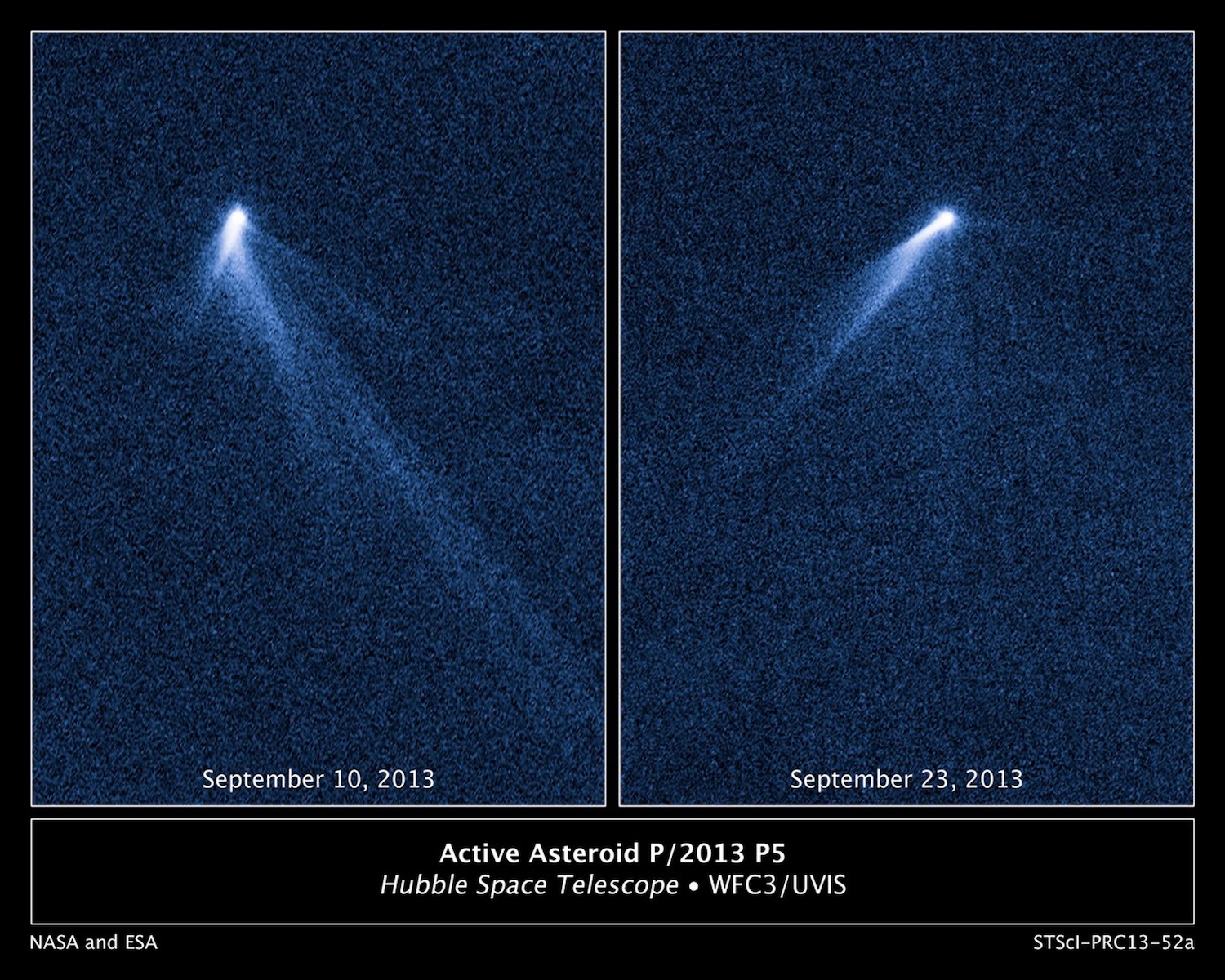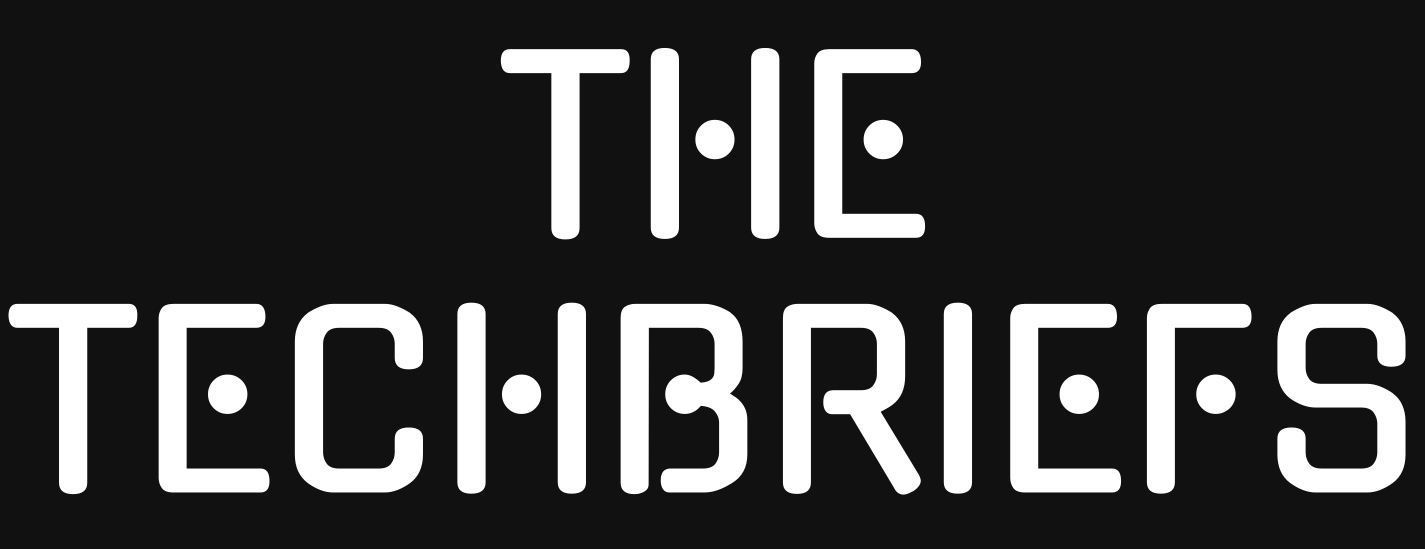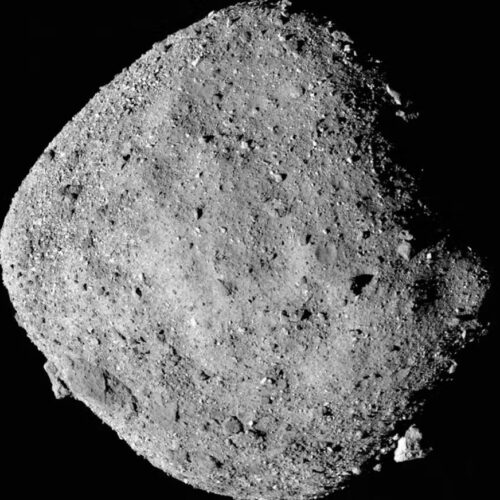
Comet 311P/PanSTARRS was observed by the Hubble Space Telescope in 2013 with a set of six comet-like tails radiating from its main body. This object, also called P/2013 P5, is known as an active asteroid. Credit: NASA, ESA, and D. Jewitt (UCLA)
Tianwen-2’s mothership, with 11 scientific instruments, will commence the second phase of its mission after dropping off the asteroid specimens at Earth. The probe’s next journey will bring it near an enigma in the asteroid belt named 311P/PanSTARRS in the mid-2030s. This object is one in a rare class of objects known as active asteroids or main-belt comets, small worlds that have tails and comas like comets but loiter in orbits most commonly associated with asteroids. Tianwen-2 will be the first mission to see such an object up close.
Stepping into the Solar System
Until the last few years, China’s space program has primarily centered on the Moon as a destination for scientific exploration. The Moon remains the main target for China’s ambitions in space, with the goal of accomplishing a human lunar landing by 2030. But the country is looking farther afield, too.
With the Tianwen-1 mission in 2021, China became the second country to achieve a soft landing on Mars. After Tianwen-2, China will again go to Mars with the Tianwen-3 sample return mission slated for launch in 2028.
Tianwen, which means “questions to heaven,” is the name given to China’s program of robotic Solar System exploration. Tianwen-3 has a chance to become the first mission to return pristine samples from Mars to Earth. At the same time, NASA’s plans for a Mars Sample Return mission are faltering.
China is looking at launching Tianwen-4 around 2029 to travel to Jupiter and enter orbit around Callisto, one of its four largest moons. In the 2030s, China’s roadmap includes a mission to return atmospheric samples from Venus to Earth, a Mars research station, and a probe to Neptune.
Meanwhile, NASA has sent spacecraft to study ever planet in the Solar System, and currently has spacecraft at or on the way to the Moon, Mars, Jupiter, a metal asteroid, and in interstellar space. Another US science mission, Dragonfly, is scheduled for launch in 2028 on a daring expedition to Saturn’s moon Titan.
But NASA’s science division is bracing for severe budget cuts proposed by President Donald Trump. In planetary science, the White House’s budget blueprint calls for canceling a joint US-European Mars Sample Return mission and several other projects, including the DAVINCI mission to Venus.



